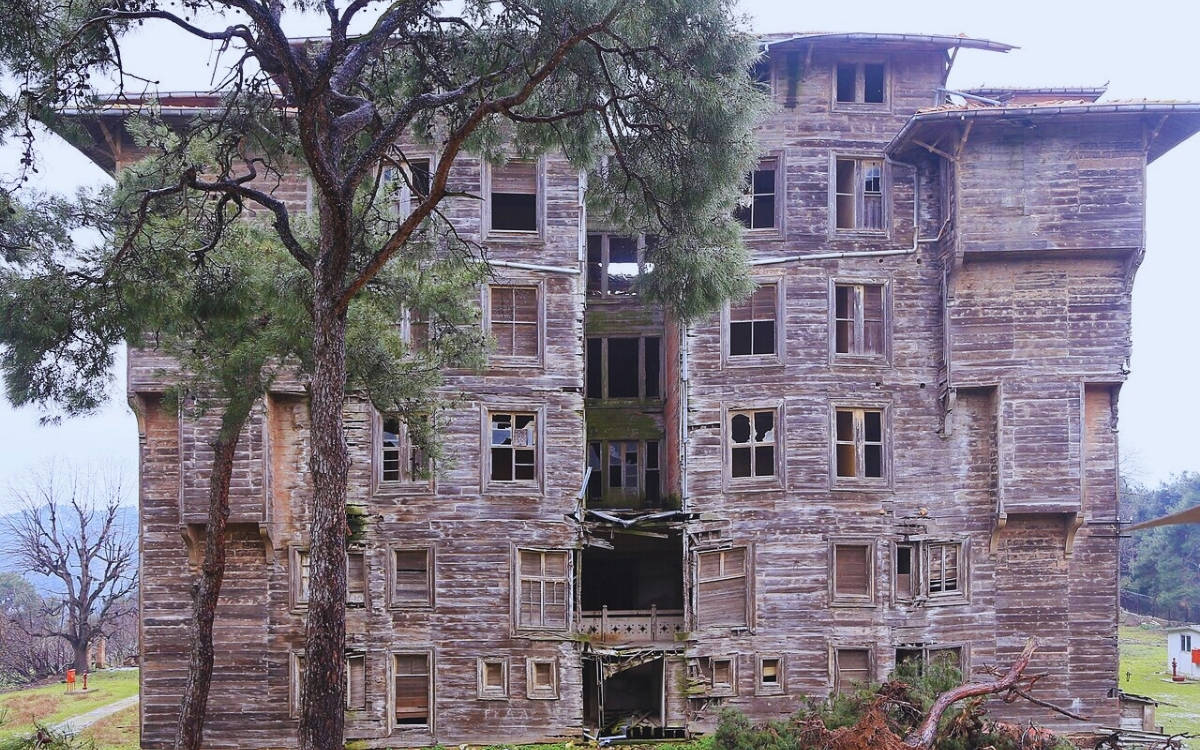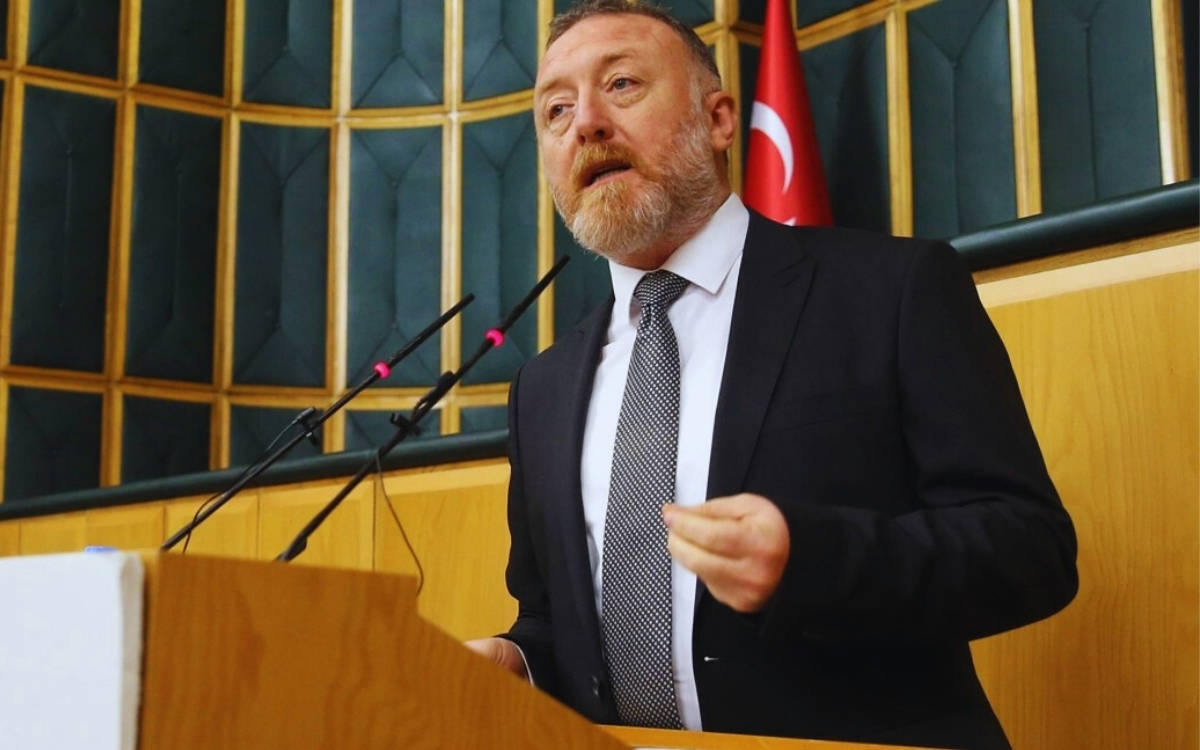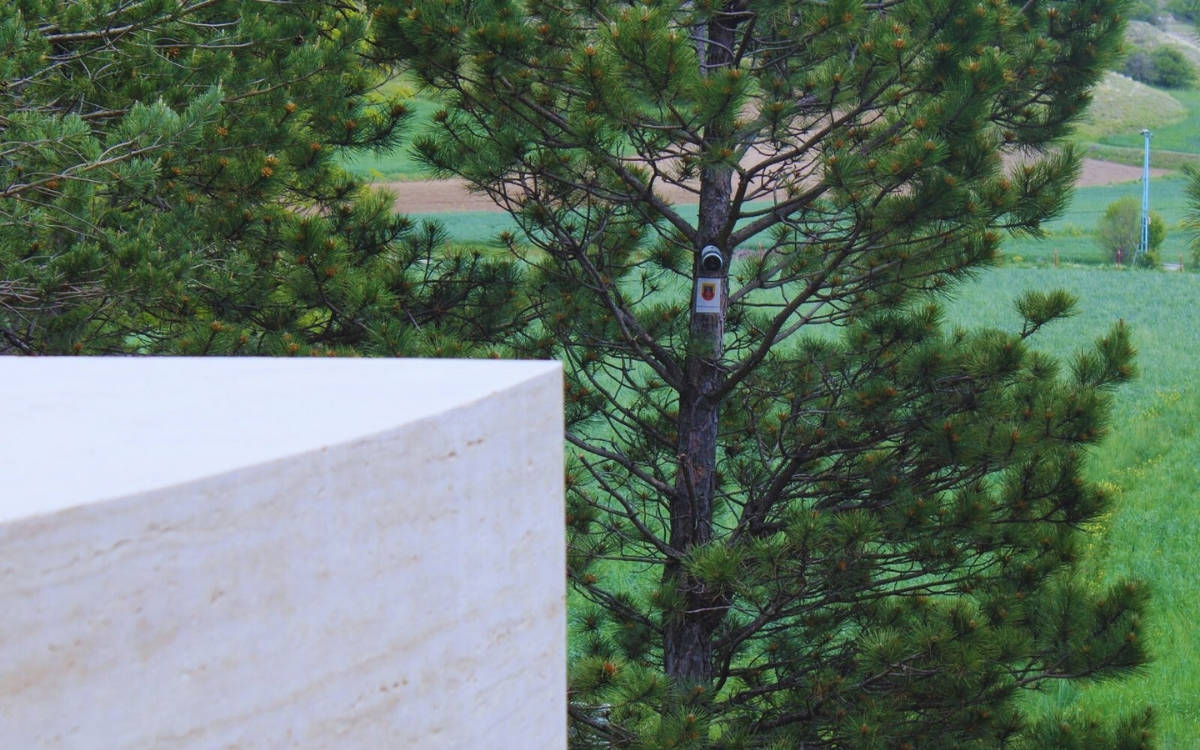Laki Vingas, former Representative of the Community Foundations, stated that due to safety and maintenance issues, the wooden building cannot survive without generating income.
In its June 7 announcement, the Holy Synod, chaired by Patriarch Bartholomew, declared that efforts to restore the structure, which closed in the 1960s and suffered severe damage, had not yielded results.
The Patriarchate decided to open the building to environmentally conscious and ecological tourism activities, in a manner consistent with the architectural and social fabric of Büyükada.
Speaking to bianet, Laki Vingas said that it is not possible for the deteriorating wooden structure to remain standing without generating its own income due to safety concerns and high maintenance costs.
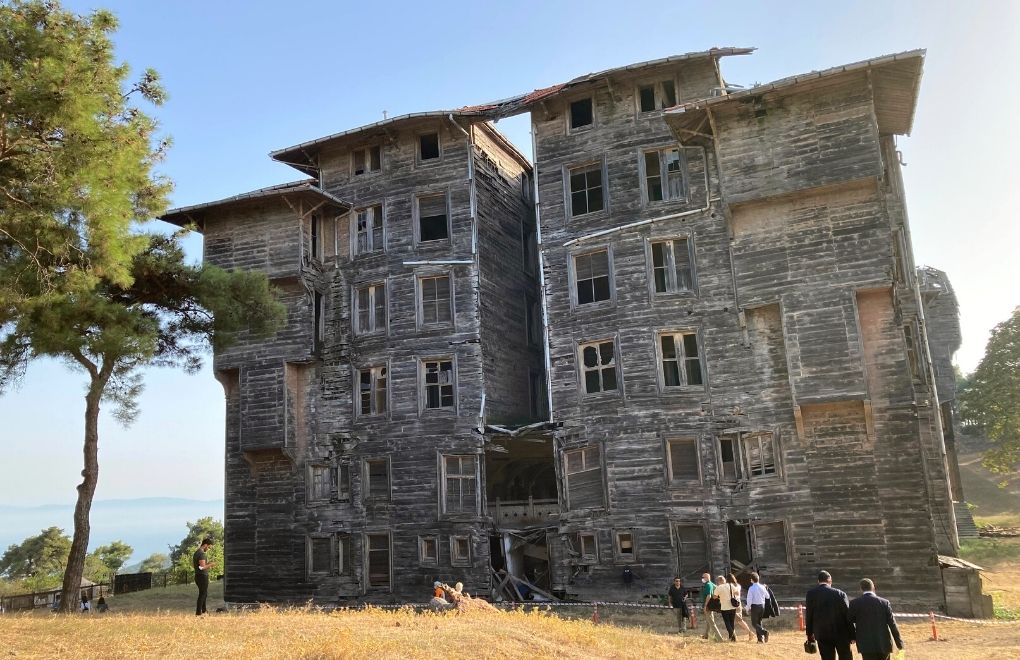
'A MONUMENT TO SOCIAL SOLIDARITY'
Abandoned for 57 years, Büyükada Rum Orphanage to be restored
"No permanent solution was found"
Vingas, who said they had done their best for the orphanage building, continued his statement as follows:
"The Patriarchate made this decision because it is impossible for such a large wooden building, with serious safety issues, to survive without generating its own income. This also provides a long-term solution in terms of preserving cultural heritage. So far, no permanent solution has been found to keep this building standing in the long term.
"Even though the building is highly significant and symbolic as cultural heritage, maintaining a structure of this scale solely on spiritual value is not easy. As you can imagine, no one says to you, 'Here's a fund, restore the building and just watch it.' Neither the European Union nor any other 'wealthy' entity would make such a major investment. There's no example of this anywhere in the world. Therefore, we have to think rationally."

"We tried hard with our own means"
Vingas, who stated that they had sought many solutions to preserve the building as cultural heritage, concluded:
"We tried very hard and looked for solutions using our own resources. But ultimately, a revenue model was necessary to keep the building alive. Functionality analyses were carried out with professional firms. Multiple options were evaluated, and eventually, the most feasible model was chosen. This decision was not made under external pressure or based on a proposal – it was the result of assessments made independently by a team of experts.
"I am not someone who works at the Patriarchate. Like everyone else, I am a volunteer in this process. Many people in my circle also feel a deep connection to this building. We all respect the past. But we also have a responsibility to both the past and today’s residents of İstanbul. Confronting a ruined building every day does not honor our past. Leaving the building in this state also carries a different kind of responsibility.
"I understand the criticism coming from some corners. Of course, there may be different expectations, and we respect those expectations. But there was no other way for the building to survive. We are doing our best to do what is right. And naturally, we hope for everyone’s support and contribution to properly sustain this new era."
The history of the orphanage
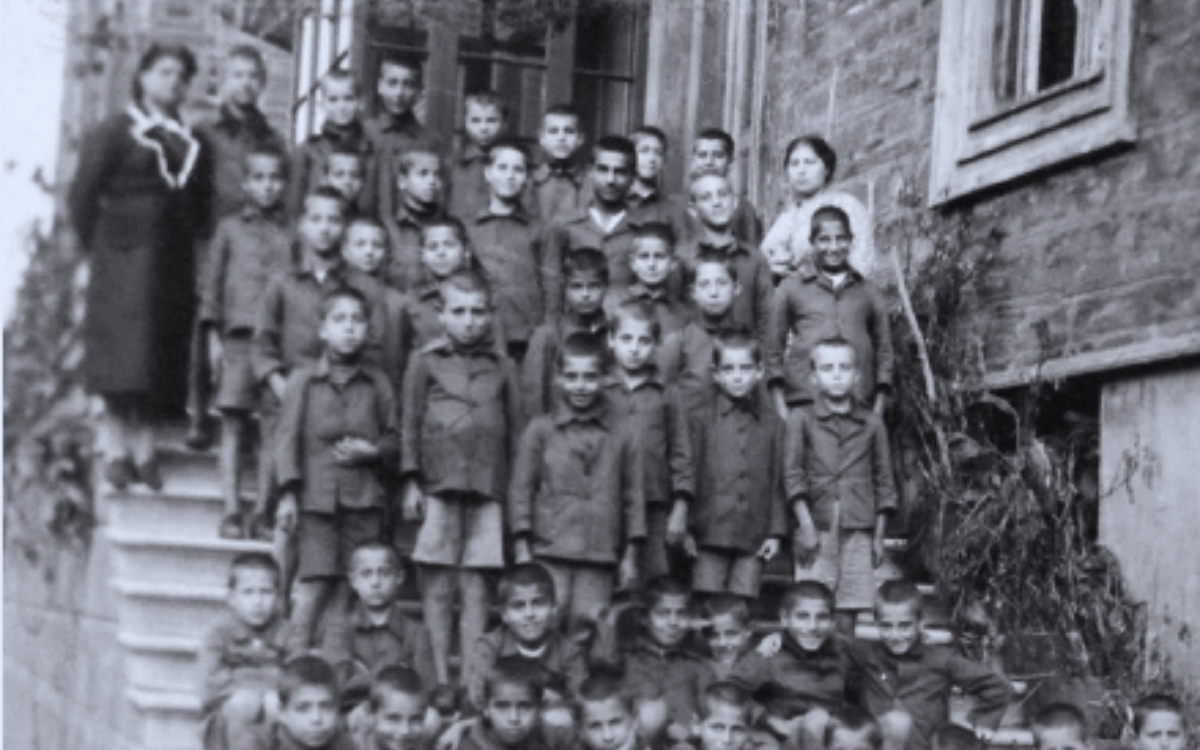
The building was constructed in 1898 by French architect Alexandre Vallaury. Initially designed as a hotel, it was owned by a French company under the name "Prinkipo Palace." Sultan Abdülhamid II did not permit the building to operate as a hotel. Subsequently, in 1903, it was purchased by the Ecumenical Patriarchate of Constantinople, an important social and religious center for minorities during the Ottoman era.
The Patriarchate converted the building into a dormitory and educational institution for orphaned children, placing Greek Orthodox children from various districts of İstanbul and different regions of Anatolia in the orphanage. Operating from the early 20th century, the orphanage served for many years as both an educational and residential facility. Over time, it housed nearly 200 children, whose education was overseen by individuals affiliated with the Patriarchate.
The orphanage was forced to close in 1964 amid deteriorating Turkey-Greece relations, particularly in the context of the Cyprus crisis. Since then, it was left abandoned and severely deteriorated over time.
Today, the structure is considered the largest wooden building in Europe and the second largest in the world. It was added to the European Cultural Heritage watch list in 2010.
In the 2000s, ownership of the property became a matter of legal dispute. In 2005, the Patriarchate filed a lawsuit to reclaim the orphanage.
In 2010, the building was returned to the Patriarchate following a ruling by the European Court of Human Rights (ECtHR).
(TY/DT)






